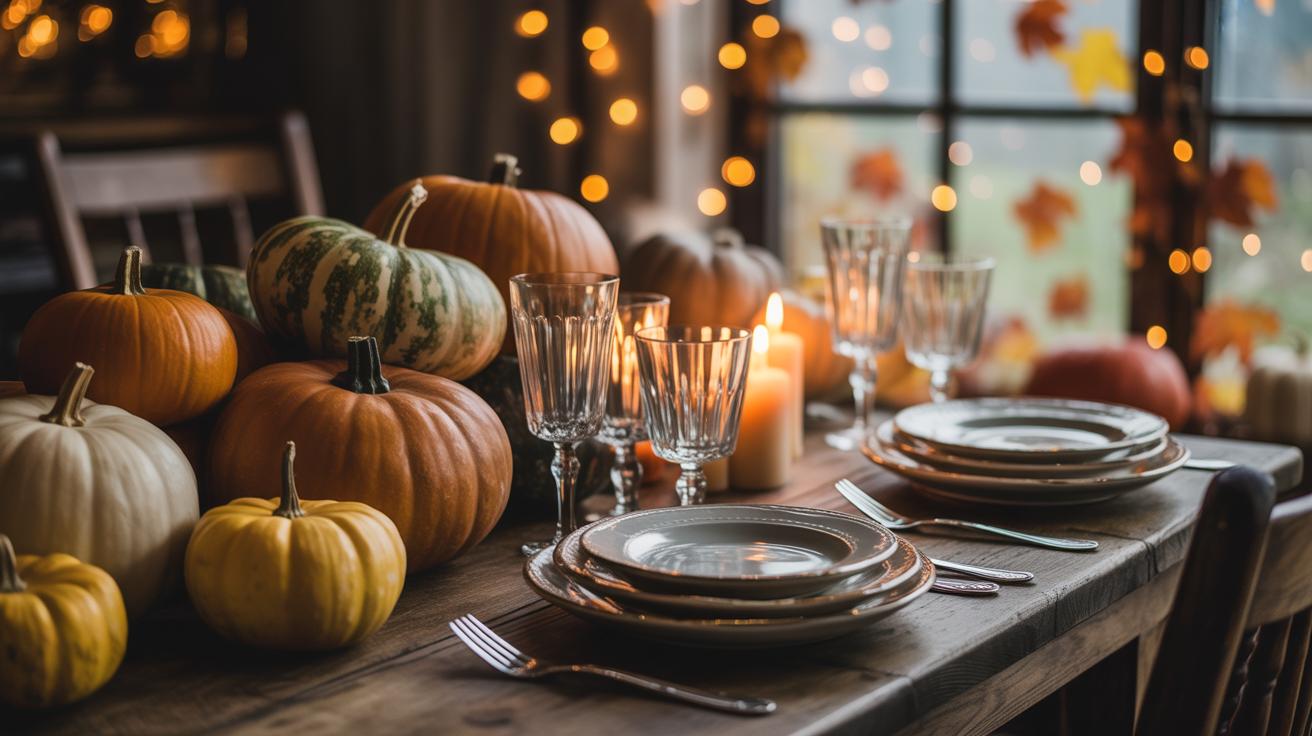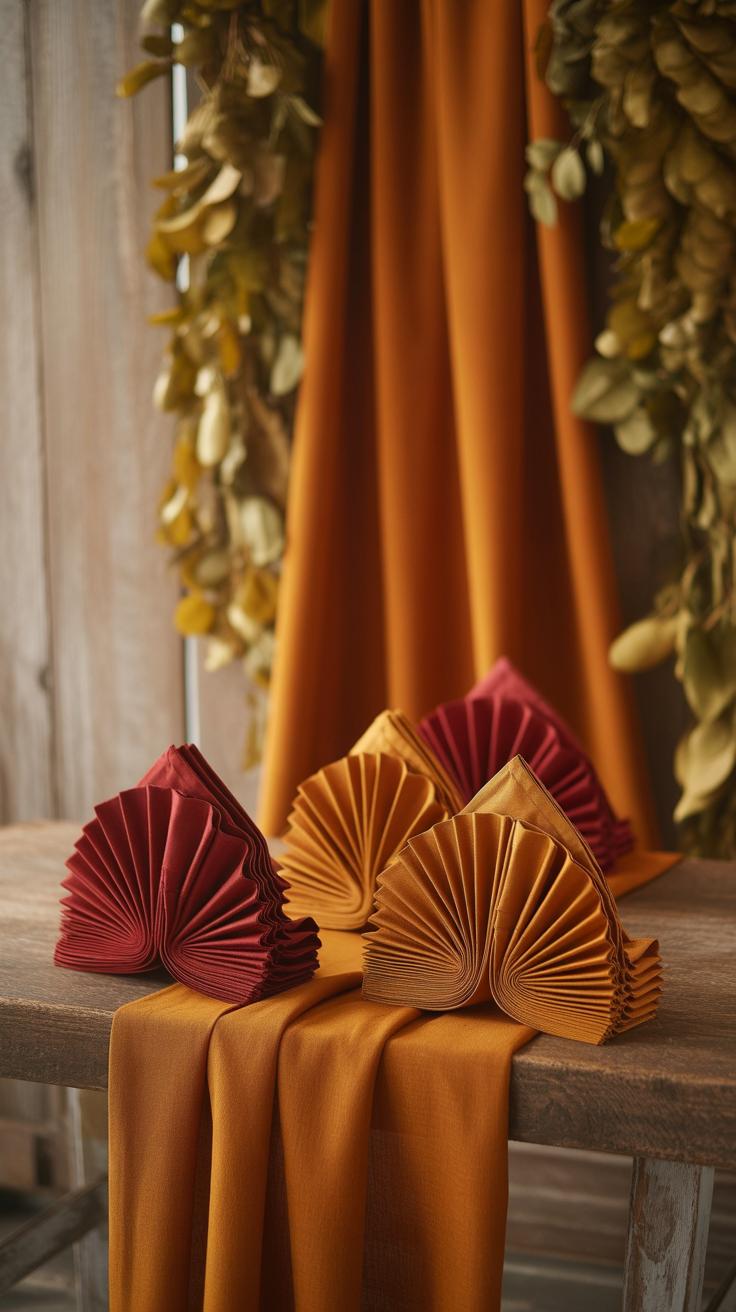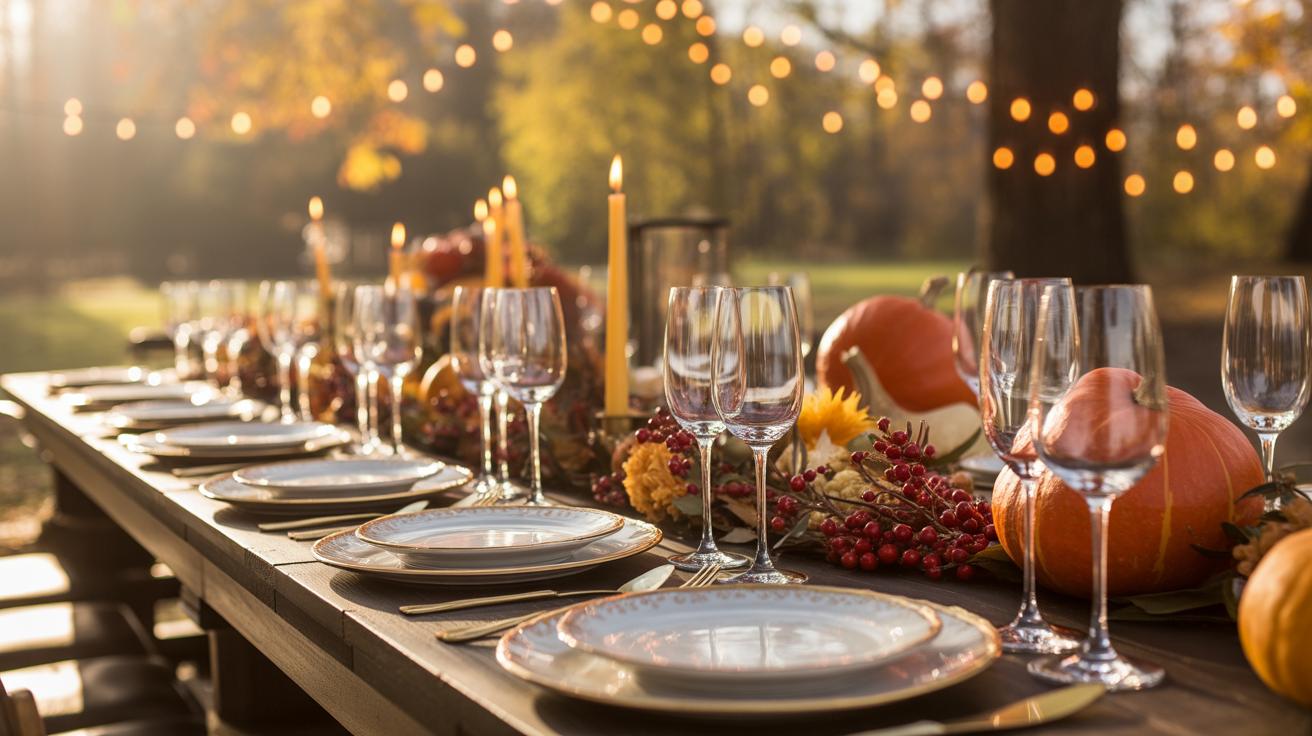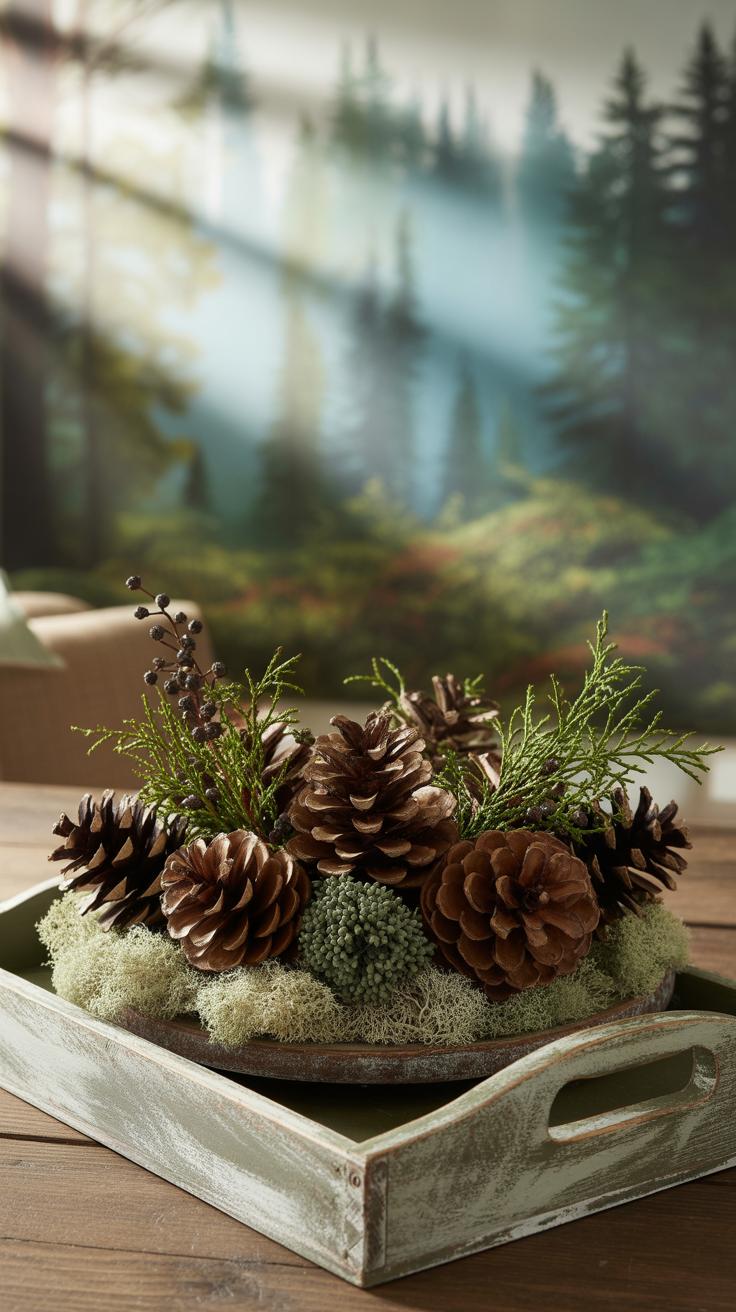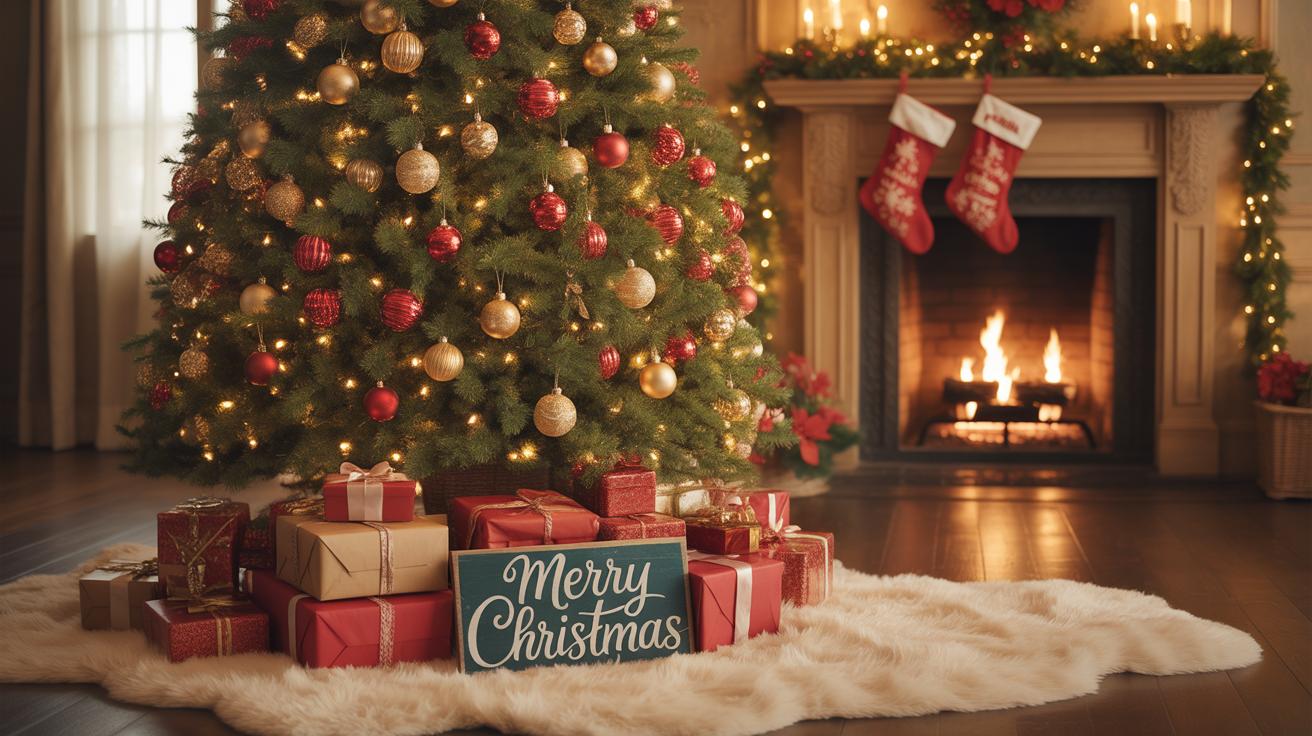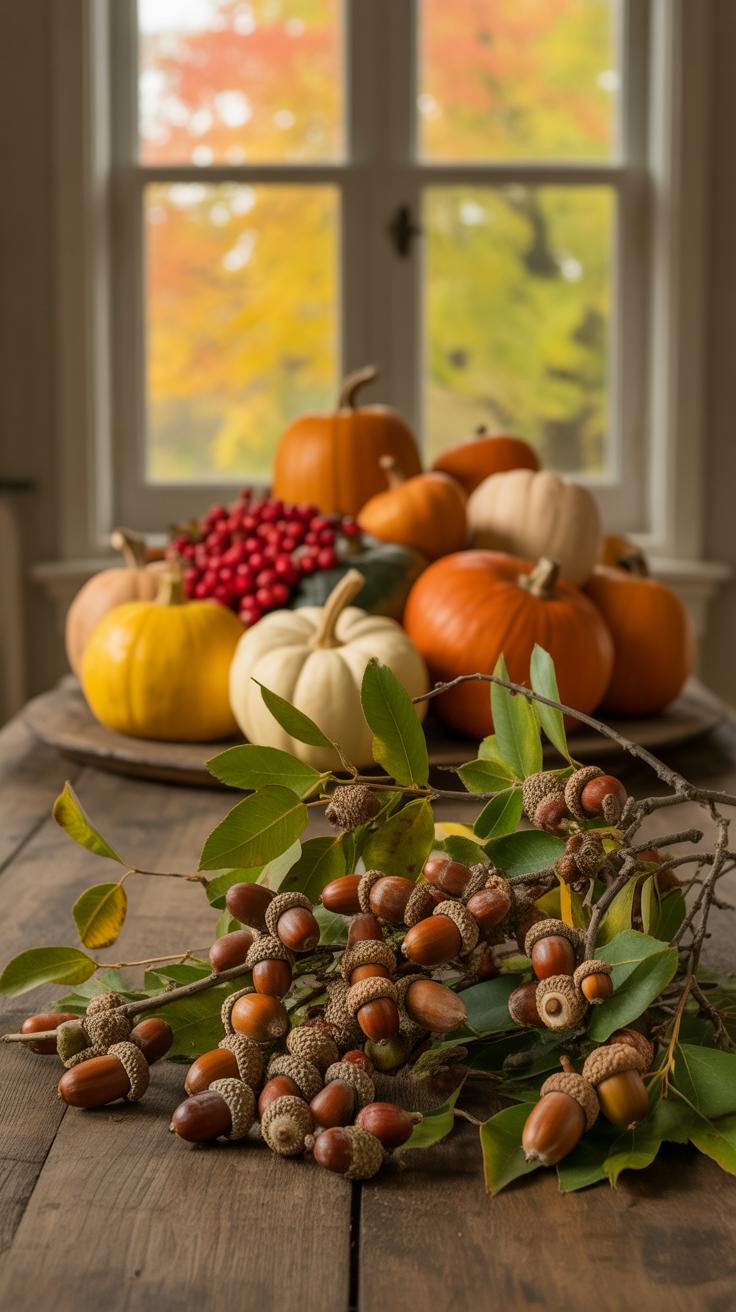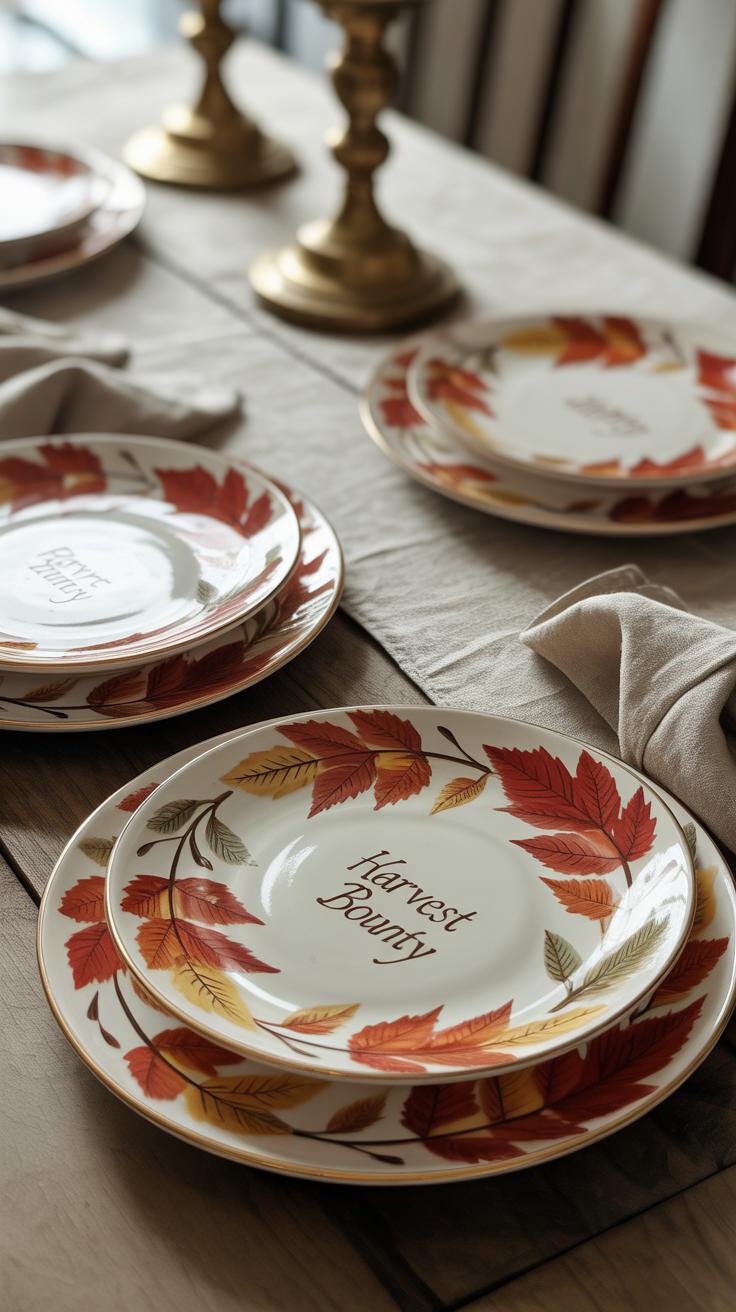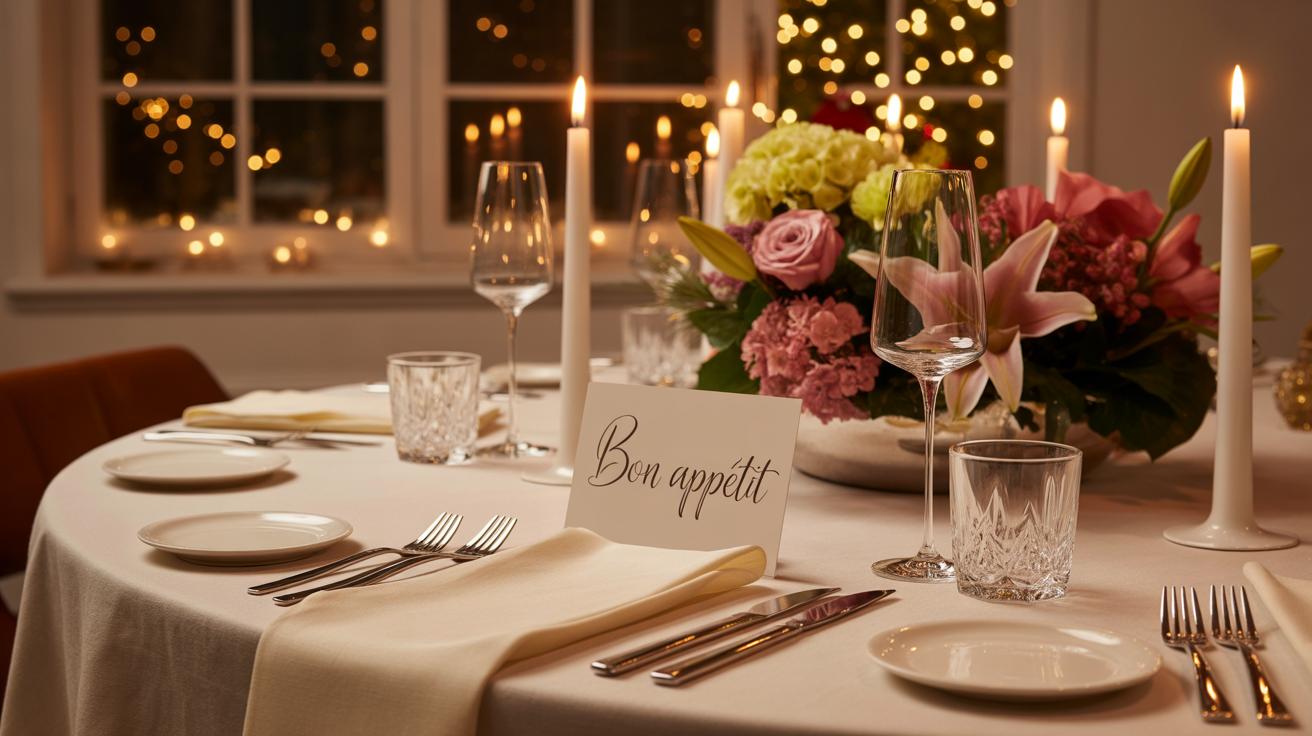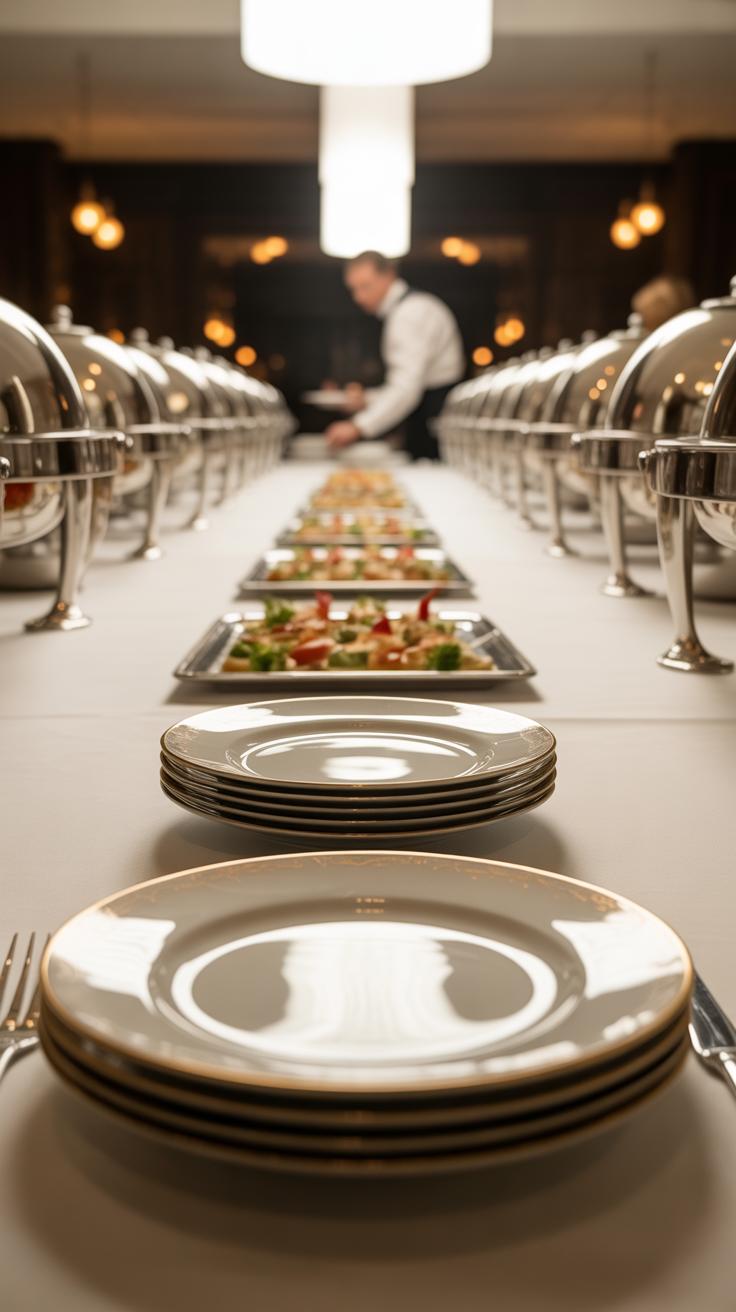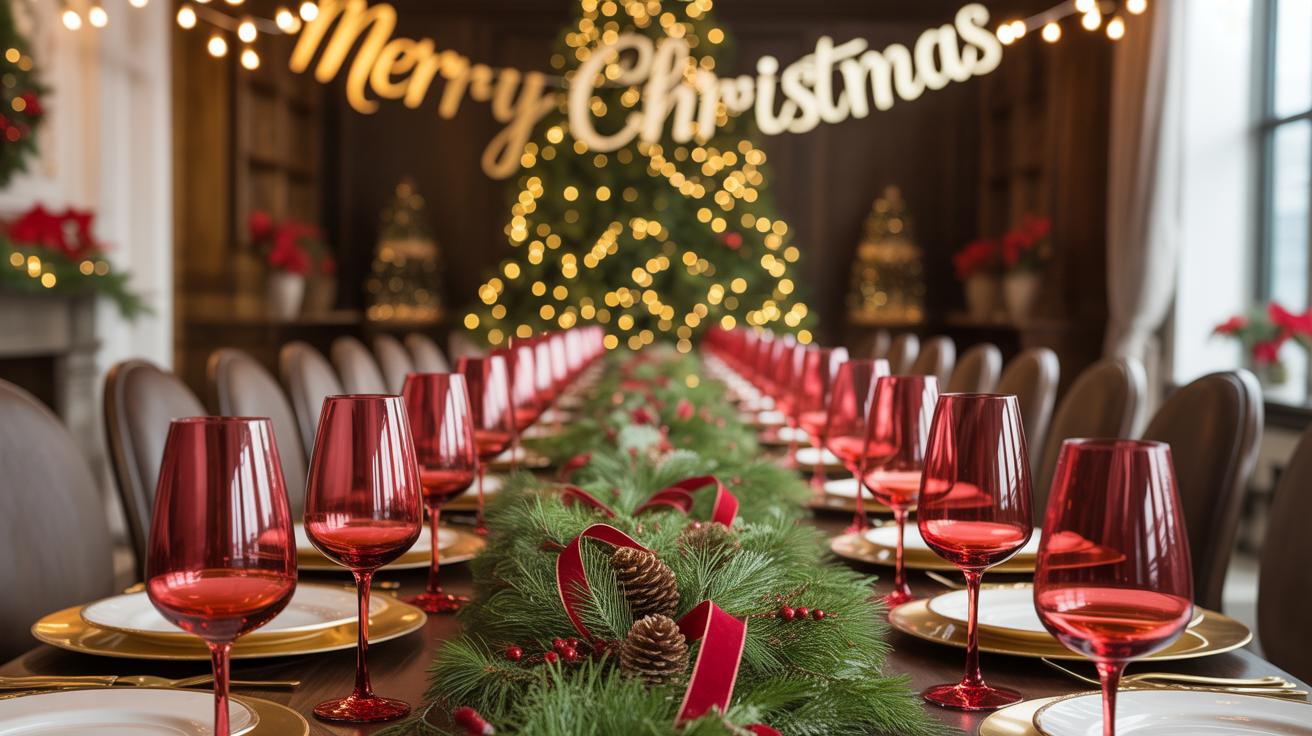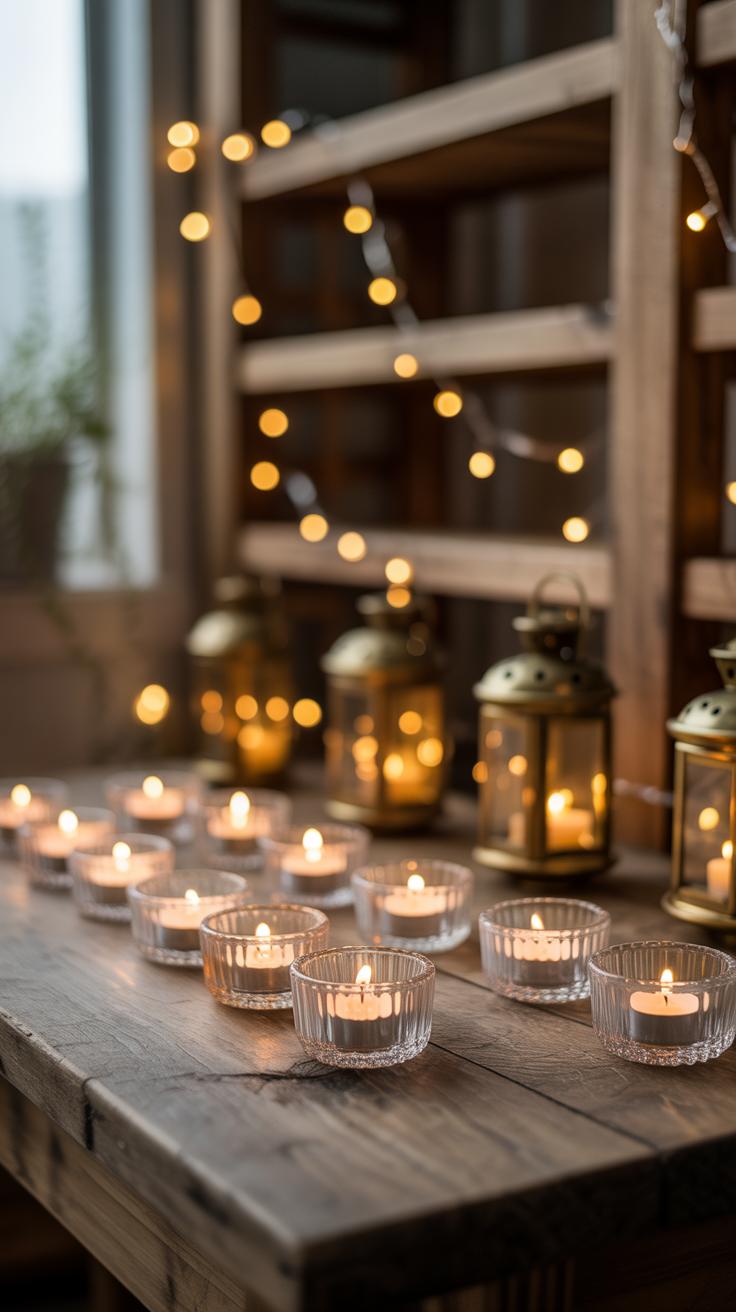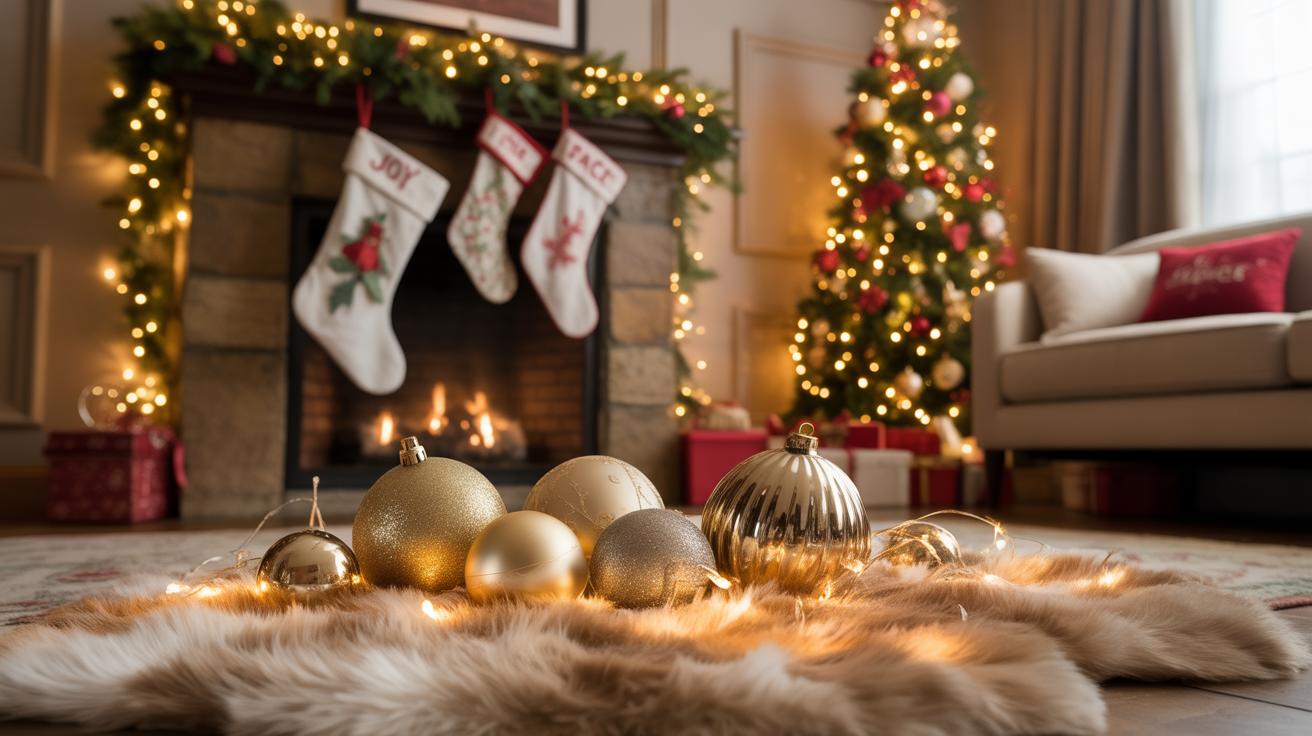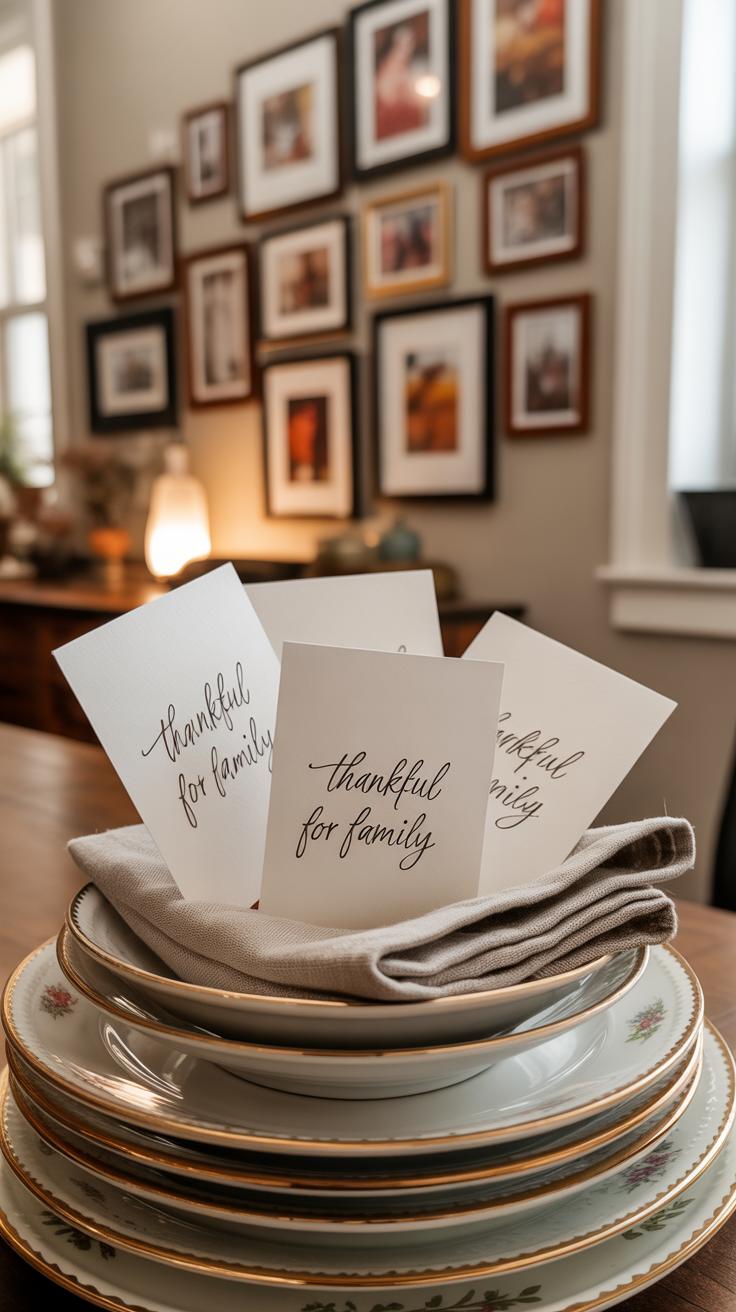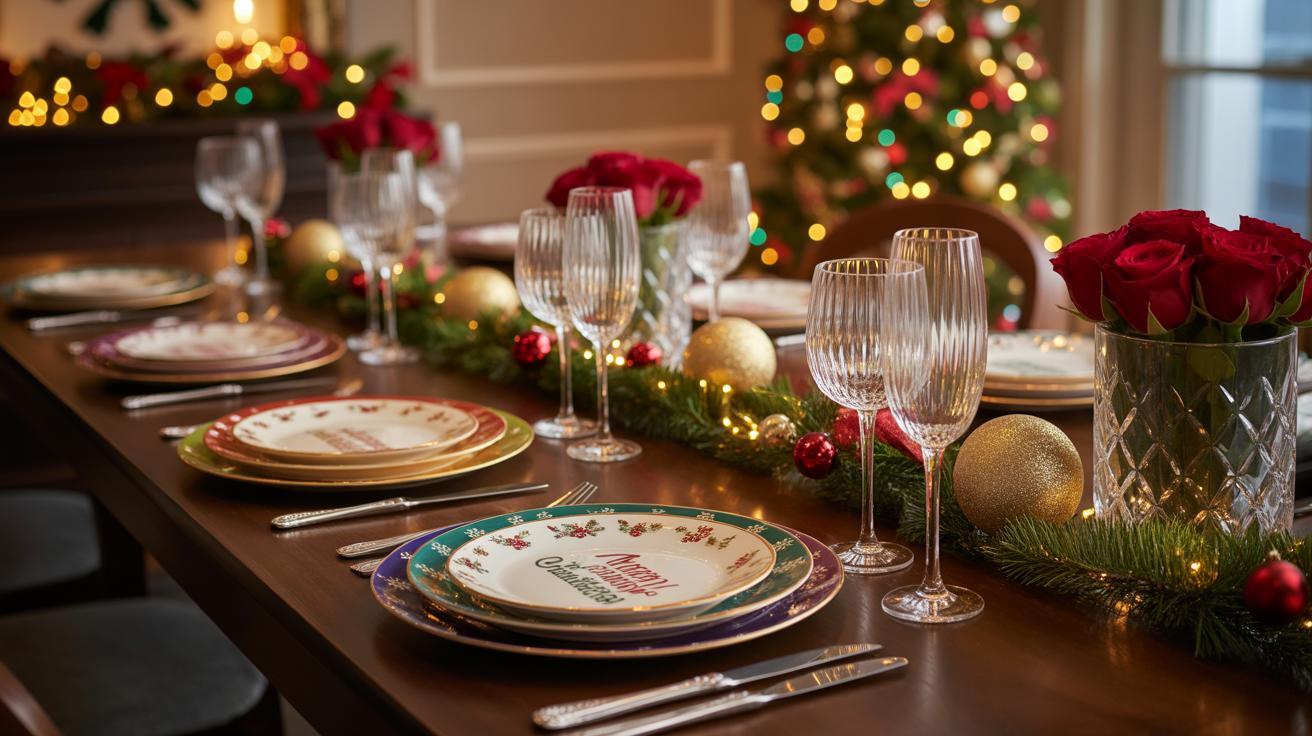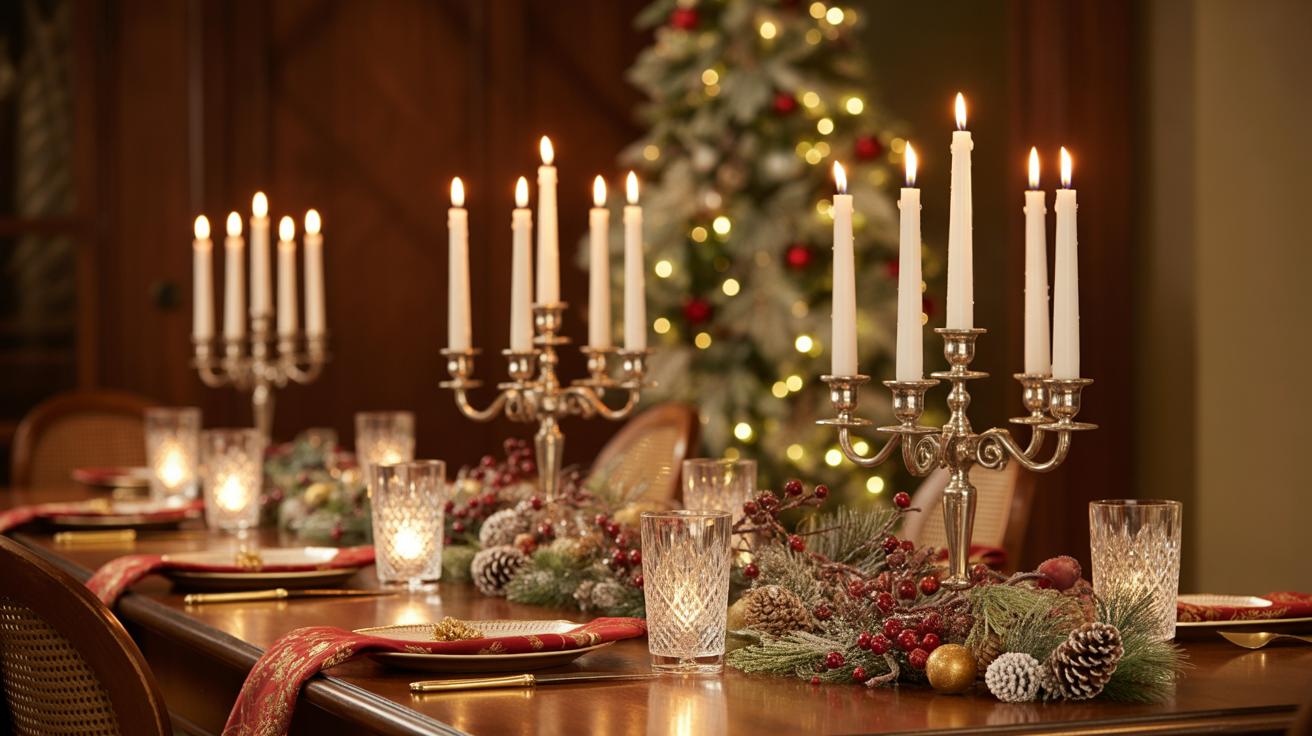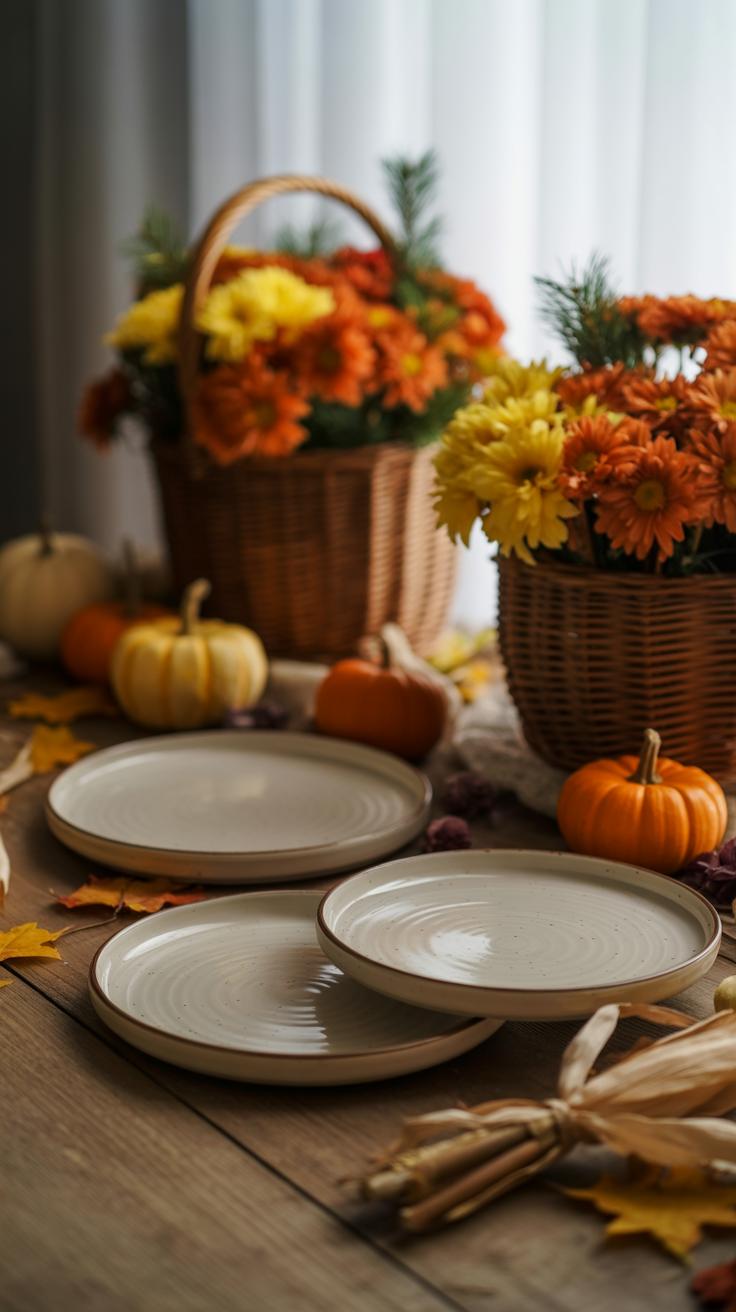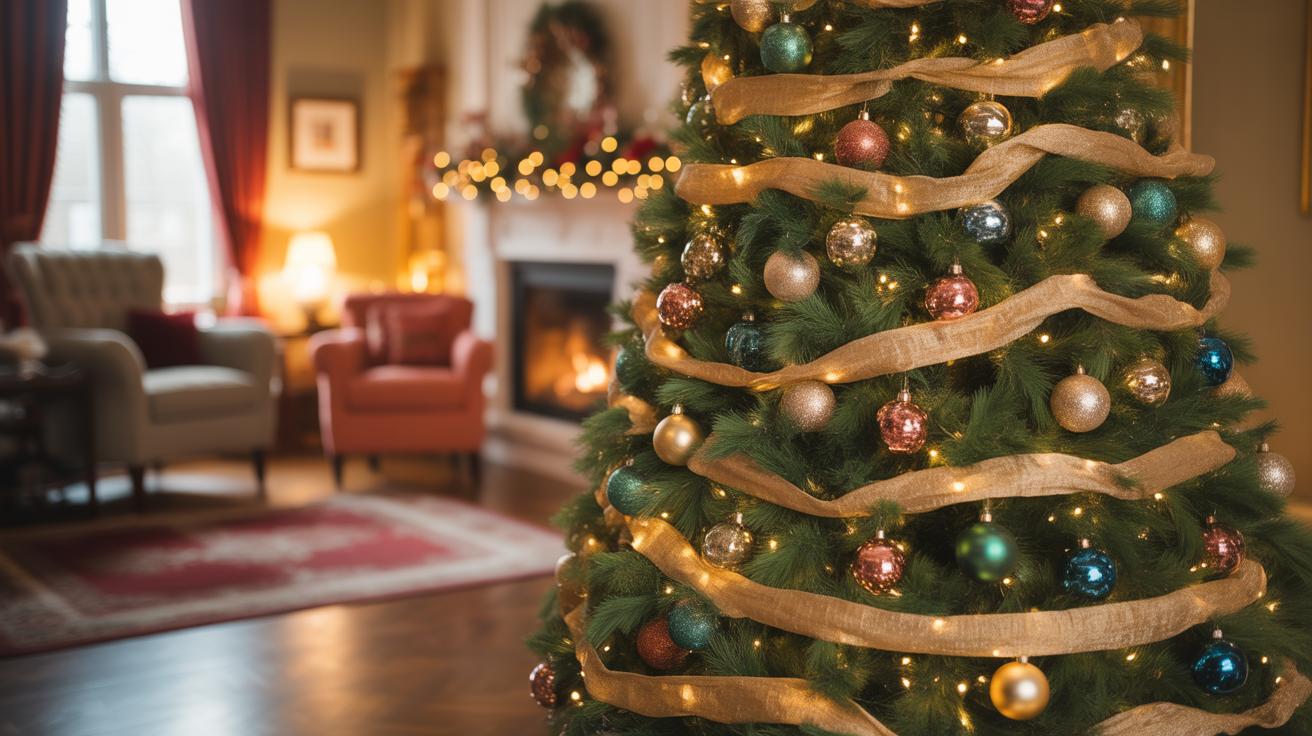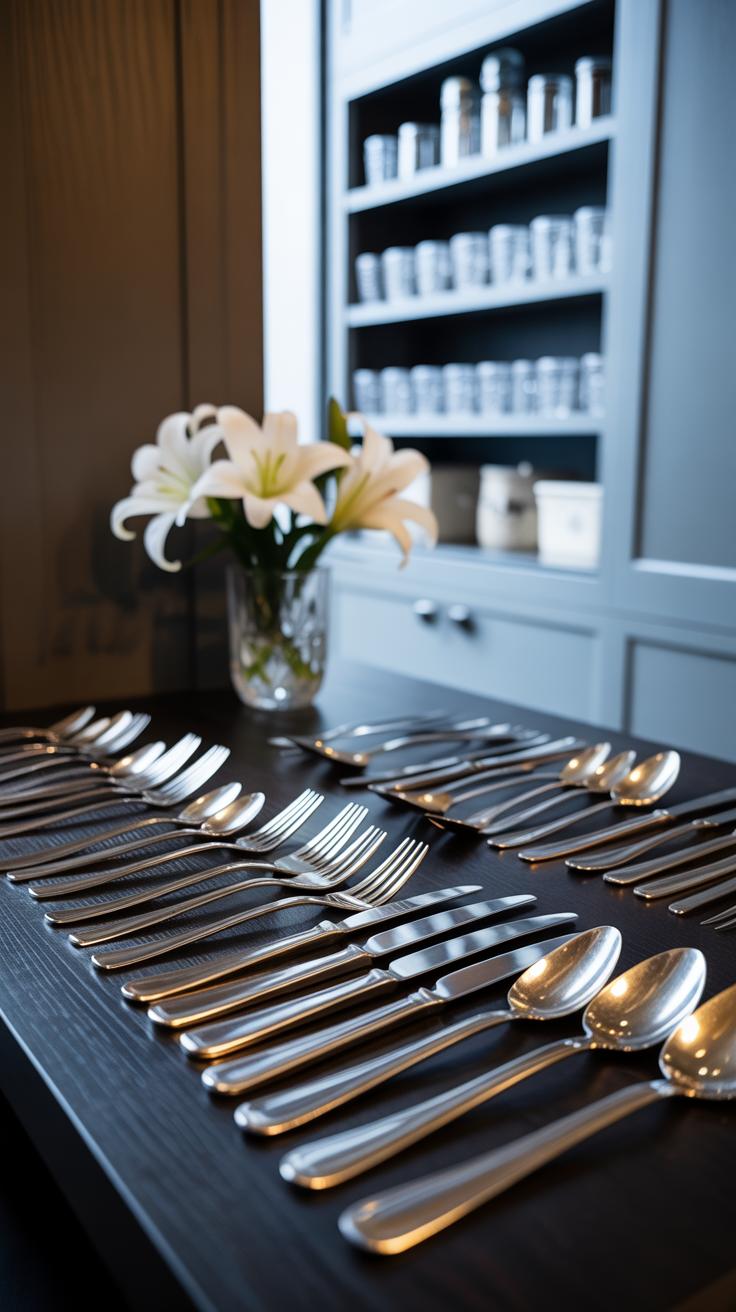Introduction
Fall tablescapes add a warm and festive atmosphere to your dining area during the seasonal gatherings. Creating an inviting setting helps you impress your guests and elevate the overall experience. Fall tablescapes combine colors, textures, and decorations that reflect the beauty of autumn.
In this article, we explore how you can design perfect fall tablescapes using simple and creative ideas. From choosing the right colors to incorporating natural elements, we will guide you step-by-step in making your table the centerpiece of your seasonal celebrations.
Selecting Colors for Your Fall Tablescape
When you start choosing colors for your fall tablescape, the aim is to capture the feeling of warmth and the changing season. Traditional autumn tones like burnt orange, deep brown, and golden yellow often come to mind first—they’re kind of hard to avoid and for good reason. They remind guests of crisp leaves and cozy fires. But relying only on these can sometimes feel a bit… expected. Mixing in softer shades like muted greens, creamy neutrals, or even touches of navy can create more depth and prevent the look from feeling flat or too busy.
The usual fall palette revolves around these core colors:
- Orange in its pumpkin and rust varieties—great for adding brightness.
- Brown ranging from chocolate to taupe—for grounding the look.
- Yellow shades that lean toward mustard or ochre—bringing warmth without shouting.
When combining, try grouping similar tones together rather than scattering them everywhere—think orange with brown to anchor the eye, and yellow as an accent here or there. It’s a bit like seasoning food; if you overdo it, the flavors clash.
Balancing your colors is often trickier than picking them. If your pumpkin orange is too vivid, counter it with a calming neutral like beige or soft grey. Or, if you want to keep things lively, add a few pops of copper or even deep plum to break up the palette without muddying it. I once tried a tablescape heavy on bright yellow and found it overwhelming until I introduced some dark wood elements and olive green leaves—it turned out better than expected.
Do you want your table to feel cozy and intimate, or fresh and modern? Sometimes, choosing colors that don’t scream fall but still whisper it in the right way can make your guests linger a bit longer. It’s really about how the hues speak to you and the mood you want to set.
Choosing a Theme for Your Tablescape
Picking a theme might feel like just another step, but it really helps bring everything together on your table. When you’re deciding on a look, think about what kind of atmosphere you want your guests to feel. Do you want cozy and laid-back? Sharp and modern? Or something that feels like a walk in the woods?
For example, a rustic or harvest theme often means leaning into natural textures—wood, burlap, maybe some dried wheat. Meanwhile, a modern or minimalist theme calls for clean lines, fewer elements, but you can still nod to fall with subtle colors or materials. You might think one style would limit you, but sometimes mixing a bit can be refreshing, even if it’s not totally cohesive.
Rustic and Natural Themes
Rustic tablescapes usually depend on simplicity. Imagine a rough wooden table, unpolished or painted, with simple centerpieces made of pine cones, pumpkins, or leaves. Natural materials like twine or linen napkins add charm without fuss. I find these themes feel approachable, just right for a casual dinner where the setting doesn’t overpower the food or conversation.
You don’t need a lot of fanciness—sometimes less is more in rustic designs. A few well-placed branches or a simple candle wrapped in burlap can work. Interestingly, imperfect or asymmetrical arrangements fit well here—the goal isn’t a museum display, but something warm and welcoming.
Modern and Minimalist Themes
On the flip side, if you lean toward modern styles, focus on distilled, clean elements. Think clear glass vases with single stems or a sleek plate setting without too much clutter. Colors might be more muted—gray, beige, or a cool orange—not the usual pumpkin spice orange. It’s tempting to skip fall’s richness, but a minimalist tablescape can still shout autumn without going overboard.
One tip: stick to a few textures, like smooth ceramics combined with matte metals. Don’t overcrowd the table; negative space actually adds impact. Sometimes I worry this looks too cold, but mixing in subtle, natural accents—a few acorns, perhaps—can keep the feel seasonal without losing the sleekness.
Incorporating Natural Elements and Decorations
Using natural items like pumpkins, leaves, branches, and pine cones adds depth and texture to your fall tablescape in ways that artificial décor just can’t match. When arranging these elements, think about layering—place larger pumpkins first, then tuck smaller gourds or pine cones around them. This creates visual interest and avoids a flat or one-dimensional look. Don’t be afraid to mix things up; groupings don’t need to be perfectly symmetrical to be attractive.
Using Pumpkins and Gourds
Varying the sizes and colors of pumpkins and gourds makes your centerpiece more eye-catching. You might try stacking smaller ones on top of larger ones, or arranging them in clusters along the table runner. White or pale pumpkins paired with deep orange or green gourds offer contrast—and, yes, it’s okay if some look imperfect; those natural bumps and blemishes give them character. Think beyond the centerpiece: a single small pumpkin at each place setting can subtly tie the theme together.
Adding Autumn Leaves and Pine Cones
Fall leaves and pine cones are simple elements that bring texture and warmth. Scatter colorful leaves across the table for a casual vibe, or layer a few under candles and vases for subtle pops of color. Pine cones can be placed in small glass bowls or simply nestled among other decorations. The rough texture of pine cones contrasts nicely with smoother surfaces like polished wood or ceramic plates. It’s a small detail, but it can really make a difference in how inviting your table feels.
Selecting Tableware and Linens
Choosing Plates and Glassware
When choosing plates for a fall tablescape, you want something that feels warm and inviting, but not heavy or overwhelming. Think about earthen tones, like deep rusts, muted golds, or creamy ivories. These colors tend to complement natural elements without stealing the show. Sometimes mixing plain plates with patterned ones can bring some subtle interest, but it’s easy to overdo it and make the table look cluttered. I’ve found that matte finishes often work better than glossy ones because they absorb light rather than reflect it, which helps keep the mood cozy.
Glassware can be tricky—should you go for classic clear glasses or tinted ones? Tinted glasses in amber or smoky grey can reinforce the fall look, yet clear glasses add a timeless feel that won’t compete with other pieces. Personally, I lean towards simple shapes with just a slight twist, like a subtle embossed pattern or a gently flared rim. It feels both elegant and approachable. Also, consider weight; lightweight glassware tends to feel more casual and inviting, while heavy crystal may come across as stiff during a relaxed autumn gathering.
Picking Linens and Napkins
Linens are where texture really shines in a fall tablescape. Cotton napkins with a slight weave, linen runners, or textured tablecloths can add depth without shouting for attention. Opt for muted colors rooted in fall palettes—deep greens, burnt orange, cinnamon brown, or even soft beige. These create a nice backdrop that lets your natural decorations—like pine cones or leaves—stand out more.
Patterned linens have their place, but I’d be cautious unless the rest of your tableware is quite plain. A subtle plaid, faint stripes, or leaves printed on napkins can tie the whole theme together well. But if your plates already have detail or color, you might want to pull back here. Sometimes, folding napkins simply but creatively is enough to add visual interest without overlayering.
What about napkin rings? They can either feel charming or a bit forced. I like ones made from natural materials—twine, small branches, or metallic bands with a matte finish—to keep with the season’s vibe. But really, don’t stress too much. A simple, well-chosen napkin paired thoughtfully with the table can often say more than extra embellishments ever could.
Arranging Your Tablescape Step by Step
Start by understanding your table’s size and the number of guests you’ll be seating. This helps you avoid overcrowding or leaving too much empty space. I often find that spacing out settings evenly creates a comfortable flow, yet sometimes leaving a little asymmetry can make things feel more relaxed and inviting.
Next, choose a focal point. It might be a centerpiece like a pumpkin arrangement or a cluster of candles. Placing this in the middle anchors the visual interest, but don’t be afraid to shift it slightly off-center for a more casual vibe. It’s surprising how a small change can make the table feel less formal but still polished.
Once you settle on your focal point, work outward. Set plates and napkins first, allowing enough elbow room. Then lay out glassware and cutlery, keeping them aligned but not too rigid—sometimes slight variation adds character.
- Balance heavier pieces, like a large centerpiece, with lighter elements on opposite sides.
- Cluster smaller décor items such as leaves or tiny gourds in groups rather than scattering them randomly.
- Leave space for serving dishes or drinks without cramping the setting.
Think about sightlines too. Guests should see each other without obstruction, so keep taller decorations minimal or to the edges. When I’ve ignored this, the table can feel crowded or exclusive in a way that’s just not welcoming.
Finally, step back and glance over your layout. Does anything feel out of place? Sometimes a table looks perfect up close but seems off from a distance. Adjust as needed, bearing in mind balance over perfection. After all, a well-lived-in table often invites better conversation than something too precise.
Adding Lighting for Ambiance
Lighting can change everything on your fall tablescape. It’s not just about seeing what’s on your plate; it’s about creating a mood. Candles remain a popular choice, and for good reason. Their flickering glow brings a quiet warmth that’s hard to replicate, especially in dim autumn evenings.
There are many candle styles to explore. Think of pillar candles for that sturdy, classic look, or votives that can be scattered around safely. But placing them needs care—you don’t want them too close to napkins or dried leaves, which can be… risky. Using candle holders that shield the flame or sit low on the table can help here.
String lights are more playful. Hanging them above or draping them around your centerpiece offers a cozy, gentle light without the risk of flame. It’s almost like capturing soft sunlight, but indoors.
If you prefer less fuss, LED lights or lanterns serve great alternatives. Battery-powered tealights look remarkably real now. Lanterns add charm—especially the metal or glass types that reflect light warmly. They can sit on or under the table, making shadows dance across the surfaces just enough to invite conversation.
Could adding just a few lights shift your whole gathering’s vibe? It might be worth trying. Sometimes the right glow feels like the last piece of a good puzzle that you didn’t realize was missing.
Making Your Tablescape Personal
There’s something about handwritten place cards that instantly feel warmer than something printed or store-bought. Maybe it’s the little imperfections—the uneven lettering or the way ink smudges sometimes—that make it feel genuine. You could even include a short note or a favorite quote on each card, something that reminds you of that guest or a shared moment. It’s small, but these touches invite connection.
Think about adding favorite seasonal treats at each setting—like mini pumpkin muffins or caramel candies. It invites guests to take a bite before the meal, and sparks conversation about why you chose those particular flavors.
Incorporating heirloom decorations can make your tablescape feel rooted in personal history. An old silver spoon, a grandmother’s napkin ring, or a vintage vase can all carry stories that add depth to the setting. Sometimes, adding these items brings a bit of nostalgia to the table, and perhaps, a quiet smile or two.
Creating Personal Place Settings
Making place settings unique doesn’t necessarily mean you need to craft something complicated. Simple things work well:
- Personalized napkin ties—maybe a sprig of rosemary with each guest’s initial attached.
- Mixing mismatched plates or glasses that reflect the individual’s taste or personality.
- Including a little note at each seat explaining why you value that person, or a memory you share with them.
These ideas might feel a bit extra, but people notice. It shows you’ve thought beyond just filling a seat.
Incorporating Family Traditions
Often, traditions come with stories—stories worth sharing. Perhaps you want to display a pie dish that’s been in the family for generations or use a tablecloth that’s always come out during fall gatherings. These elements do more than decorate; they invite guests into your family’s narrative.
Why not place a small card near these items explaining their origin or significance? It encourages conversations that go beyond “the weather” or “the food.” And if your family has a unique practice—like each person sharing something they’re thankful for before dinner—try incorporating that into your setup. Your tablescape becomes a live memory in the making, not just a visual.
Overall, finding ways to add personal touches gives your fall tablescape a soul. It’s not just about how it looks, but how it makes people feel seated around it.
Planning for Different Occasions
Casual and Cozy Settings
When you’re setting the table for a regular family dinner, the goal is to keep things simple but inviting. Think natural elements—maybe a linen runner, some small pumpkins scattered around, or a few sprigs of eucalyptus. You don’t need to overdo it; the charm lies in effortless warmth. Mixing everyday dishes with just one or two seasonal pieces keeps it practical but still special.
Lighting can make a difference here, too. Candles, yes, but nothing too fancy—tea lights in mason jars do the trick. And comfort matters: if the kids might spill, it’s fine to skip fragile glassware or opt for casual napkins. You want people to feel relaxed, so maybe add a personal touch like a handwritten menu or favorite fall snacks at each place.
Formal and Festive Settings
For parties or holiday meals, the tone shifts. You’ll want to raise the stakes with polished details, but without feeling stiff. Start with a richer tablecloth or a velvet runner to add texture. Layering plates or charger plates adds an instant sense of ceremony. Crystal glasses or polished flatware help, but they don’t have to be all matching—sometimes a mix feels more intentional than uniformity.
Consider incorporating a statement centerpiece—like a dramatic arrangement of autumn foliage or even some gold-dusted pine cones. Place cards become more important here, maybe even with wax seals or pressed leaves. Lighting should be moodier: taper candles in elegant holders or a small cluster of votives. The key? Creating a setting that feels special and thoughtful without being overwhelming or overly formal.
Tips for Maintaining Your Tablescape
Keeping your fall tablescape looking inviting throughout the season can be a bit tricky. The key is regular attention, but not so much that you start feeling like you’re babysitting it. For starters, wipe down surfaces gently with a soft cloth to remove crumbs or dust, especially if you’re using natural elements that can attract debris. Avoid harsh cleaners, since these might dull the finish of wood or delicate glassware.
Natural decorations like pumpkins and leaves need a little extra care. To slow down wilting, consider misting leaves lightly with water every few days. With pumpkins, keeping them in a cool, shaded spot when not on display helps extend their lifespan. Sometimes I tuck small carved pumpkins away and bring them back out for special dinners—they hold up better that way.
When the season ends, storage matters more than you’d guess. Store decorations in breathable containers to avoid mildew, especially for anything with fabric or dried plant material. Labeling boxes by type—like “leaves” or “candles”—can save headaches next fall. And don’t hesitate to mix old and new décor pieces. Reusing a beautiful candlestick or a rustic basket with fresh elements can keep your setup feeling fresh, even if some items have been around a while.
Conclusions
Designing fall tablescapes is a great way to bring seasonal charm and warmth to your home. You can combine colors, textures, and decorations to create a welcoming space that delights your guests. By using natural elements and thoughtful arrangements, your table will showcase the best of the season.
Whether you prefer a simple or elaborate design, these ideas help you customize your tablescape to suit your style. Enjoy the process of crafting your autumn-themed table and offer a memorable experience for everyone gathered around it.

